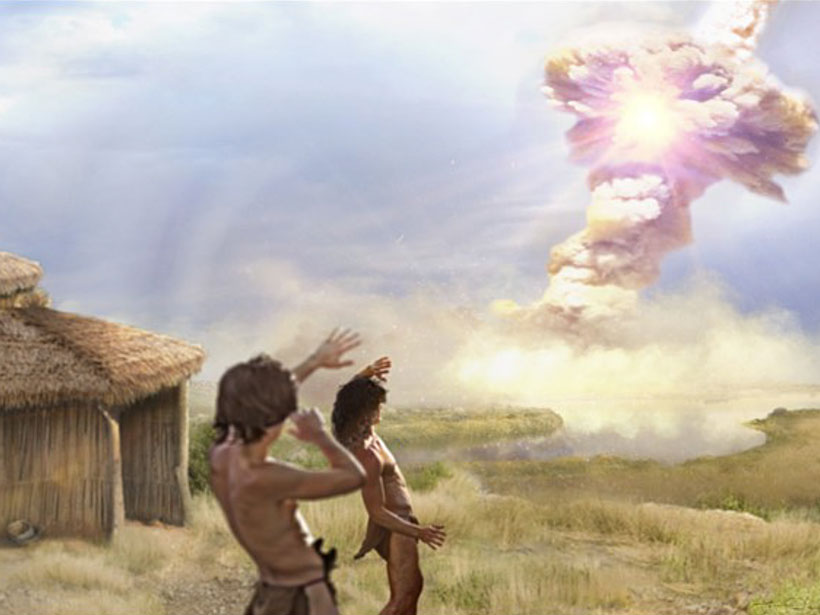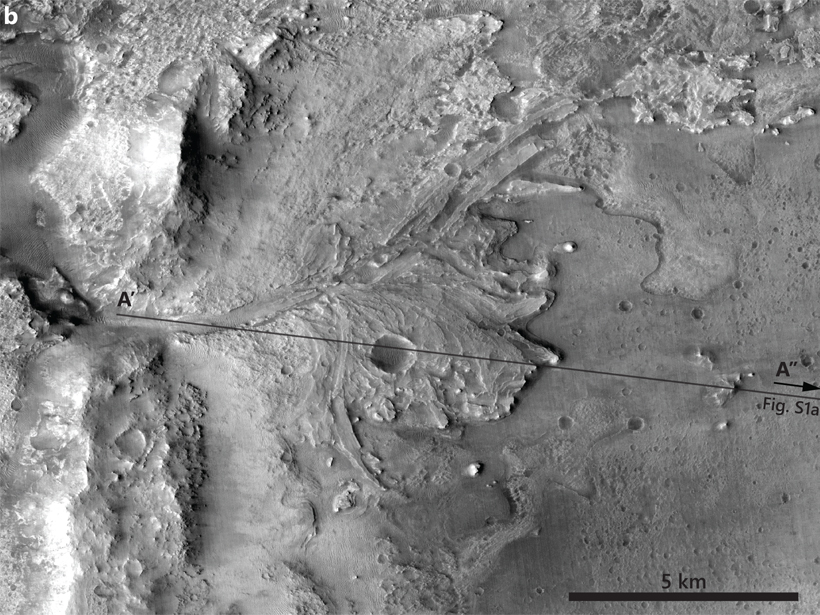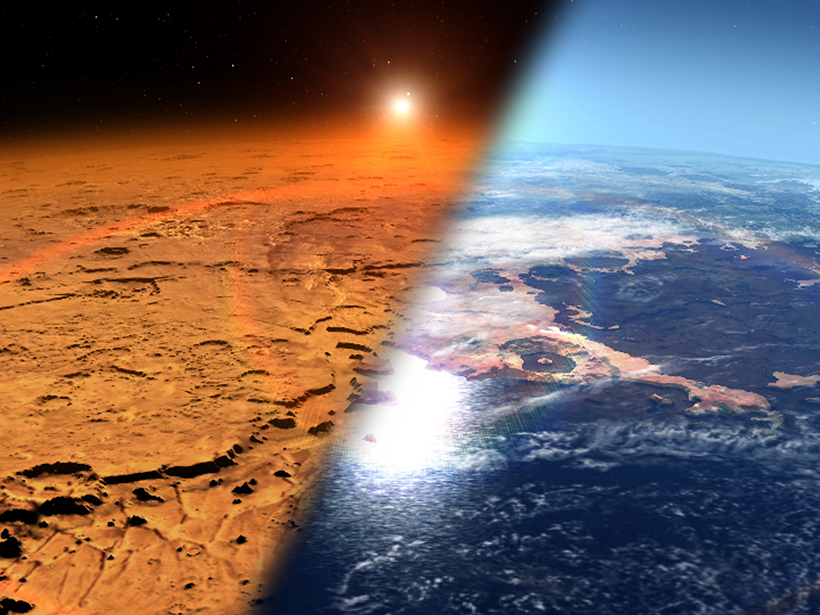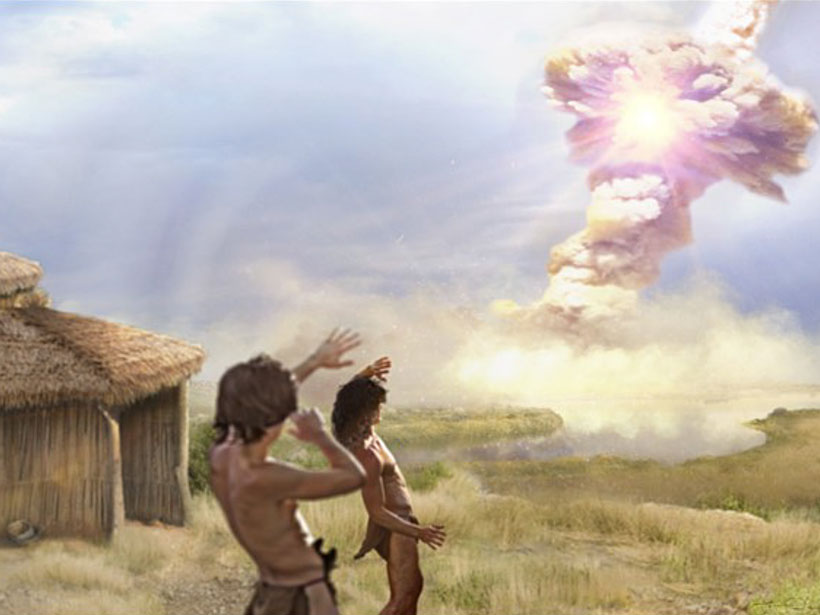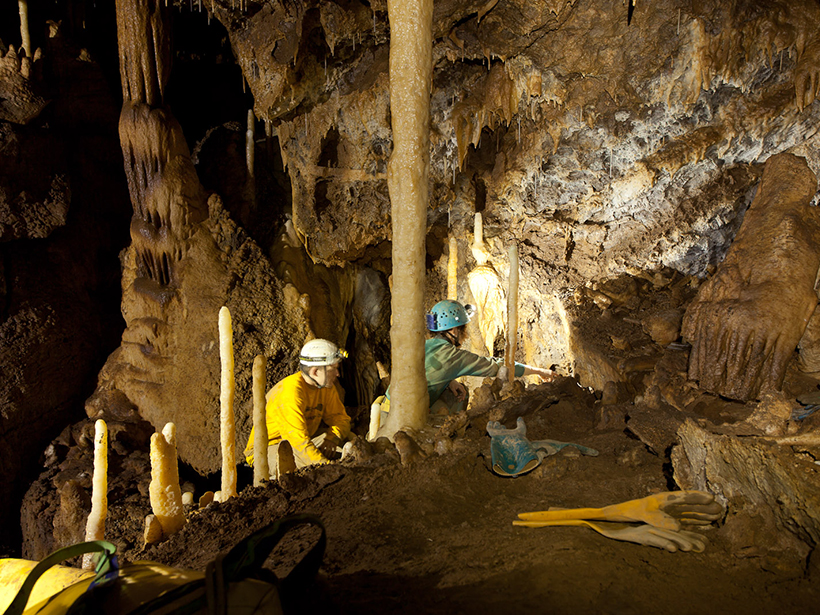Un nuevo modelo permitirá a los modelos climáticos interpretar mejor las reconstrucciones paleoclimáticas derivadas de sedimentos de lagos y podrá mejorar las predicciones de las condiciones climáticas futuras.
paleoclimatology & paleoceanography
Mars 2020 Team Using Australian Rocks in Search for Life on Mars
Scientists are investigating evidence of ancient terrestrial microbes preserved in Australia as well as mineral maps derived from Mars orbiter data to shed light on how to search for life on Mars.
New Evidence of a Giant Lava Lamp Beneath the Ancient Pacific
Seismic surveys find evidence of a superplume in Earth’s mantle that fueled ancient megaeruptions in the Pacific.
Did Ozone Loss Cause the End Devonian Mass Extinction?
Ozone loss, perhaps as a consequence of a warming climate, may have been responsible for a catastrophic loss of biodiversity.
Armagedón a 10,000 A.C.
Fragmentos de un cometa probablemente golpearon la Tierra hace 12,800 años, y una pequeña aldea del Paleolítico en Siria podría haber sufrido el impacto.
Tracing the Past Through Layers of Sediment
Signals in layers of sedimentary rock hint at climates and ecosystems come and gone. Understanding this history can help us forecast the future, but challenges abound.
How Fast Did an Ancient Martian Delta Form?
Terrestrial meander migration rates are used to estimate a formation timescale of decades for Jezero delta on Mars.
How Mars’s Magnetic Field Let Its Atmosphere Slip Away
A planet’s magnetic field usually protects its atmosphere from being blown away by its star. But new research suggests Mars’s weak magnetic field may have helped its atmosphere escape.
Armageddon at 10,000 BCE
Fragments of a comet likely hit Earth 12,800 years ago, and a little Paleolithic village in Syria might have suffered the impact.
Past Seasons Hidden Underground
Belgian paleoclimatologists study a fast-growing stalagmite to glean insight into seasonal climate from centuries past.





